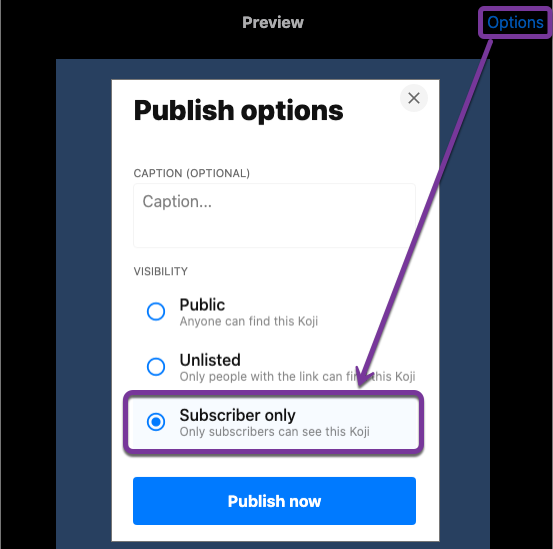
2020 updates
This digest summarizes updates to the Koji platform, packages, and developer site from 2020. For the latest updates, see developer-updates.html.
|
Tip
|
If you have thoughts, questions, or feedback, please reach out to the developer community or the @Koji-Team on our Discord server.
|
December 23
-
The Koji debugger is now available to enable live testing and debugging in a production environment. To open the debugger, go to My repositories and click Open debugger next to the project you want to test. Features include:
-
Dynamic view of remix events, for a better understanding of how VCC data is changing over time in response to user actions.
-
At-a-glance database explorer, in-app purchase receipts, and auth grants, as well as easy ways to delete records for these services.
-
Debugging views for the different contexts that might be available in the Koji, such as Admin or About.
-
Thumbnail debugging that uses the same APIs as the live screenshot capture, so you can see exactly how sharing images will look.
-
Ability to point the debugging session at a development environment, so you can develop and debug remixing without deploying a new version.
-
-
In the withkoji-database-package.html package, the new
transcodeAssetandgetTranscodeStatusmethods are available for programmatically uploading and transcoding HTTP Live Streaming (HLS) video, enabling more ways to use uploaded videos in your templates. -
The following features are now available in the withkoji-koji-iap-package.html package.
-
The new
notificationMessageparameter enables you to send custom messages when updating receipts. -
The new
resolveReceiptsBySkumethod retrieves all the receipts for a product, for an easier way to aggregate sales data.
-
-
On the developer site, new content is available about custom domains. Also, News updates for Koji developers, formerly the Changelog, has been moved.
-
The image and sound VCC types now enable you to hide all asset packs and VCC extensions in cases where they do not make sense (for example, templates for selling premium assets). To use this feature in your templates, enable the
hideExtensionstype option. -
In the withkoji-koji-auth-sdk.html package, the new
usageDescriptionparameter enables you to display custom messages when requesting authorization grants. -
On the Koji platform, the following usability updates improve the remixing experience for creators.
-
When remixing, the interactive preview mode now handles auth and in-app purchase events by displaying an alert, for better user feedback.
-
About cards now always open in the full frame, instead of modal windows.
-
Feed navigation is no longer used when browsing templates from the Create button.
-
Fixed a bug that incorrectly prompted anonymous users to log in when remixing templates with secure content, such as premium images.
-
December 15
-
The following features are now available on the Koji platform.
-
The video VCC can now support HTTP Live Streaming (HLS) for delivery of longer content, such as courses and short films. To use this feature in your templates, enable the
hlstype option. -
Creators can now publish subscription-only Kojis and charge a fee for their premium content, without additional template development or configuration. To offer premium content, configure a subscription from your creator dashboard. Then, when publishing a remix, set the Subscriber only option to designate the Koji as part of your subscription offering.

-
The creator dashboard now shows consolidated analytics for all of your Kojis. The overview includes standard, built-in metrics that are calculated from access logs as well as transaction and revenue data.
-
You now have more options for customizing your Koji profile page.
-
Transaction receipts on the Koji platform have been redesigned for enhanced usability.
-
-
The following features are now available in the withkoji-vcc-package.html package.
-
You can now generate a signed URL for any objects stored on the Koji CDN, enabling Kojis to serve them without exposing a permanent URI. This feature provides additional security protection against sharing or rehosting of private or subscription-only content. To use a signed URL, use the new
generateSignedUrlmethod. -
You can now hide the default action for advancing from a remix to a preview, enabling the template to handle validation and other processing first. To hide the default action, enable the new
InstantRemixingNativeNavigationentitlement. To advance to a preview, use the newfinishmethod.
-
-
The developer site includes the following updates.
-
New content is available to help Koji developers get the most value from their templates, including app-versions.html, testing-apps.html, and plugins.html.
-
The site design and navigation have been updated.
-
November 24
-
The following features are now available in the withkoji-koji-auth-sdk.html package.
-
Enable users to "sign in" to a Koji and create a custom user ID for it. To request authorization for the user’s ID, use the new
grantsparameter in thegetTokenandgetTokenWithCallbackmethods. The newallowAnonymousparameter enables users to proceed without logging in, when appropriate. -
Send push notifications with a user’s ID, if the user has granted this authorization to the Koji. To validate the user’s authorization grants and get the user’s ID, use the new
checkGrantandgetGrantmethods. To send the notification, use the newpushNotificationmethod.
-
-
The following features are now available in the withkoji-dispatch-package.html package.
-
Connect to dispatch from your backend service and use it to broadcast messages to connected clients. To instantiate dispatch on the backend, use the new
projectTokenconfiguration option. -
Send secure messages to specific clients, rather than broadcasting every message to all clients. The new
identifymethod allows a client to use a short-livedauthTokento identify itself to Koji dispatch. Then, the server or other dispatch clients can send secure messages to that client by including an array ofrecipientswhen callingemitEvent.
-
-
The following features are now available in the withkoji-vcc-package.html package.
-
Design an About page as a landing page for remixers of a Koji. To provide an About page, enable the new
AboutContextentitlement, and use the newcreateRemixmethod to trigger the remix from it.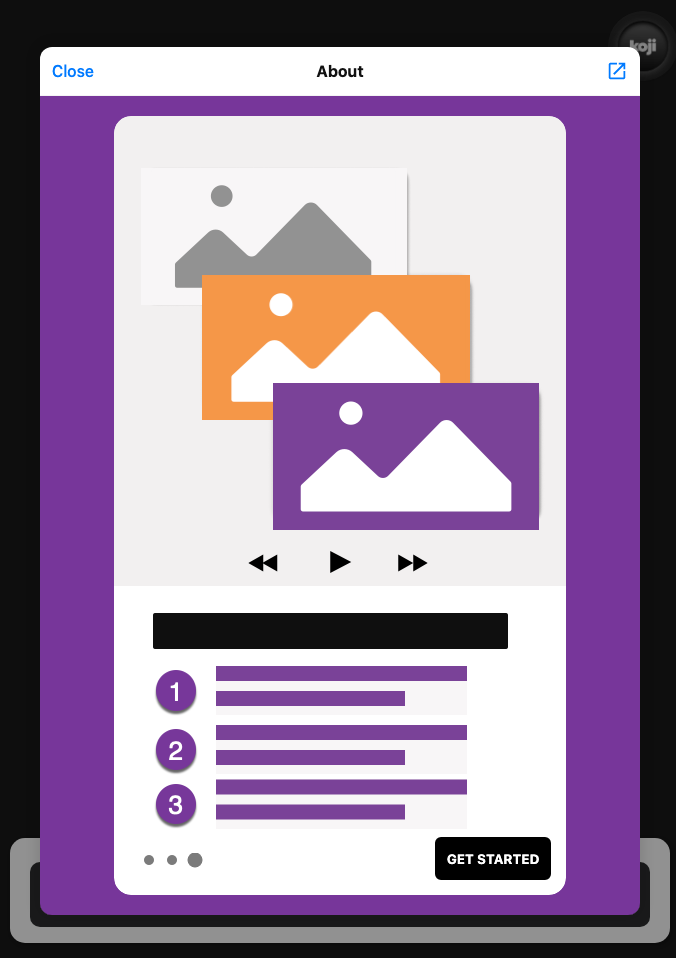
-
Use the new
?context=remixURL parameter to determine when a Koji is being remixed.
-
-
In the withkoji-database-package.html package, you can now batch database updates into a single transaction, which can reduce latency when making multiple updates to different collections. To batch database updates, set the new
modeparameter totransactionwhen instantiating the database. Then, use the newbeginTransactionandcommitTransactionmethods to submit one or more update requests. -
The withkoji-koji-iap-package.html package now includes
transactionIdsin a receipt object. This information enables you to link to a transaction from a notification (for example,https://withkoji.com/payments/transactions/TXN_ID). -
On the Koji platform, you can now manage plugins and custom domains directly from a Koji, without opening the code.
-
To manage the plugins for a Koji you created, use the Koji button in the top right, and then go to More > Manage this Koji > Plugins. Plugins are available to add common functionality, such as Google Analytics and Facebook Pixel, to the frontend of a Koji.
-
To manage the custom domains for a Koji you created, use the Koji button in the top right, and then go to Settings > Custom domains.
-
-
On the Koji platform, your new creator dashboard replaces your evolution dashboard.
-
On the developer site, new resources are available to help Koji developers solve common problems, including Uploading files from the frontend and Persisting data across sessions.
November 13
-
The new koji VCC enables remixers to create a new Koji or select an existing Koji, either from their profile or from a URL. The VCC stores the URL as the value.
-
In desktop view, the built-in Visual Customization Controls (VCCs) now appear as contextual menus, which open automatically in the position where the user clicks.
-
To use this feature in your existing templates, install version 1.1.42 of the withkoji-vcc-package.html package.
-
To override the automatic positioning, set an absolute position with the
attributesobject when callingonPresentControl.
-
-
The color VCC now accepts the
allowAlphatype option, which shows a transparency slider when enabled. -
The built-in VCCs have an updated look and feel.
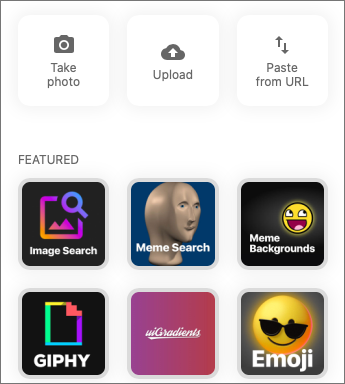
November 5
-
It’s now easier to withdraw funds from your Koji wallet. Simply tap your profile picture, and then tap Wallet > Withdraw. Follow the on-screen instructions to process the desired withdrawal amount.
-
You can now request a refund within 72 hours of a purchase through a Koji. From your Koji wallet, tap the transaction, and then tap Refund transfer.
-
The fee schedule for in-app purchases has been updated to the following allocation: 85% to the creator, 5% to the Koji platform, and 10% to the community (8% to evolution, 2% to genesis).
-
You can now track custom events in your Koji templates with the withkoji-koji-analytics-sdk.html package.
-
The
startPurchasemethod in the @withkoji/iap package has been updated. The callback function now receives the receipt ID on successful purchases. -
The
showmodalmethod has been removed from the @withkoji/custom-vcc-sdk package.
October 29
-
The Koji platform now allows you to edit a Koji you created and republish it to the same URL.
-
To provide different template experiences for editing an existing Koji and for creating a new remix, use the new
modeeditor attribute in theonSetRemixingmethod. For example, you might want to clear the default values for a new remix but not for an edit. For updated documentation, see the package reference. -
To edit a Koji you created, use the Koji button in the top right, and then go to More > Manage this Koji > Edit this Koji.
-
-
The following features are now available in the withkoji-vcc-package.html package.
-
Navigation methods – The new
navigateandpresentmethods enable you to manage navigation without triggering browser events, for a smoother experience in embedded contexts. -
Sticker context – The new
?context=stickerURL parameter enables you to embed another Koji in an iframe as a sticker. TheStickerContextentitlement enables you to define a distinct template experience when the template is embedded in another Koji. -
Admin context – The new
?context=adminURL parameter andAdminContextentitlement enable you to design functionality that is intended for the creator of the Koji. The creator can access this functionality by using the Koji button in the top right, and then going to More > Manage this Koji > Admin dashboard.
-
-
Starting with version 1.1.40 of @withkoji/vcc package, developers using VccMiddleware must use
res.locals.KOJI_PROJECT_IDandres.locals.KOJI_PROJECT_TOKEN, instead ofprocess.env.KOJI_PROJECTandprocess.env.KOJI_PROJECT_TOKEN, when instantiating services such as database, auth, and in-app purchases. -
The new withkoji-koji-auth-sdk.html package enables you to authenticate users in Koji templates. Available features include:
-
Determine whether the current user created the Koji so that you can tailor the experience accordingly.
-
Send notifications to the Koji account of the user who created the Koji.
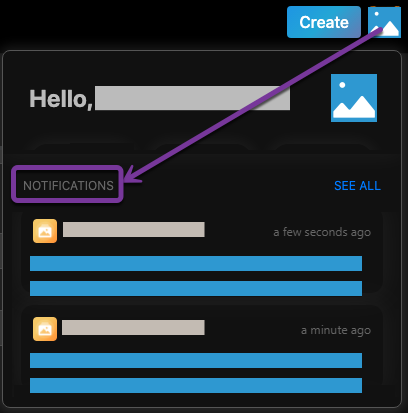
-
-
The Koji platform now enables template developers to control the timing of the rich preview screenshot with the
window.kojiScreenshotReadyproperty. This feature enables you to ensure that all relevant assets have loaded before the image is generated. For updated documentation, see thumbnail-image.html. -
On the developer site, updated content is available to help new Koji developers onboard more quickly, including What is remixing? (new), What is a template? (updated), and introduction.html (updated).
October 19
-
Templates now support simple content moderation and data collection by enabling a creator to view or download collected data and to quickly remove an offensive entry or a mistake.
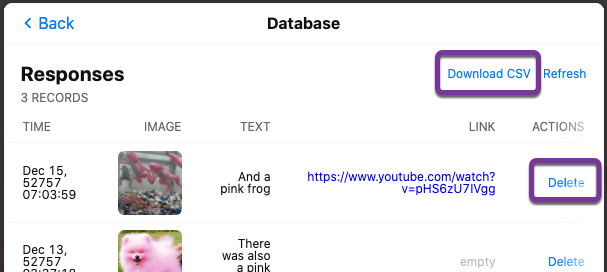
-
To customize the data presentation for remixers, configure a database view when developing the template. You can specify user-friendly collection and column names, define the data types for rich data display, exclude unnecessary columns, and control the column order and default sort.
-
To access the data for a Koji you created, use the Koji button in the top right, and then go to More > Manage this Koji > View database.
-
-
The new Magic Link enables you to register a custom
koji.tolink that points any Koji. For example, you could point to a Koji "bio", and then share or post the link everywhere. If you ever want to update your bio or use a different Koji, you can change the link target in one place.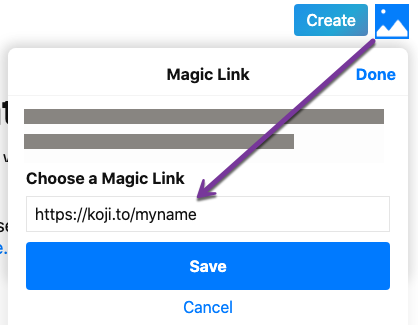
-
To set up your Magic Link, tap your profile picture, and then tap Magic Link. Enable your Magic Link and enter your desired link address (for example,
https://koji.to/myname). By default, the link points to your Koji profile page. -
To change the link target, open the desired Koji and tap the Koji button in the top right. Then, go to More > Manage this Koji > Use as Magic Link.
-
-
Several pages have been updated with new code samples, including add-service.html and port-existing-code.html.
-
The site design and navigation have been updated.
October 12
-
Dynamic receipts are now available for handling fulfillment of in-app purchases. Dynamic receipts enable you to display a route in a Koji from a transaction receipt. For example, you can show a video response from a seller to a buyer. The following enhancements support implementation of dynamic receipts in Koji templates:
-
The
dynamicReceiptentitlement enables the receipt for a product to display routes in the Koji. -
When a buyer or seller views the transaction receipt for an applicable product, the platform appends the
dynamic-receiptquery parameter to the URL. For example,dynamic-receipt=buyerordynamic-receipt=seller. -
The
resolveReceiptByIdmethod retrieves a specific transaction receipt.
-
-
Reference docs for the VCC package have been updated.
-
Step-by-step instructions for extending your first template are now available in four “flavors” – React, Vanilla JS, Angular, and Svelte.
-
Several pages were updated based on your feedback, including Visual Customization Controls (VCC) and Magazine cover blueprint.
October 5
-
Updated reference docs are now available for the Database, Dispatch, and Custom VCC packages.
-
Step-by-step instructions for developing your first template are now available in four “flavors” – React, Vanilla JS, Angular, and Svelte.
-
On the Koji platform, My projects has moved to My repositories in your evolution dashboard. To open a list of starter scaffolds, you can click New repository.
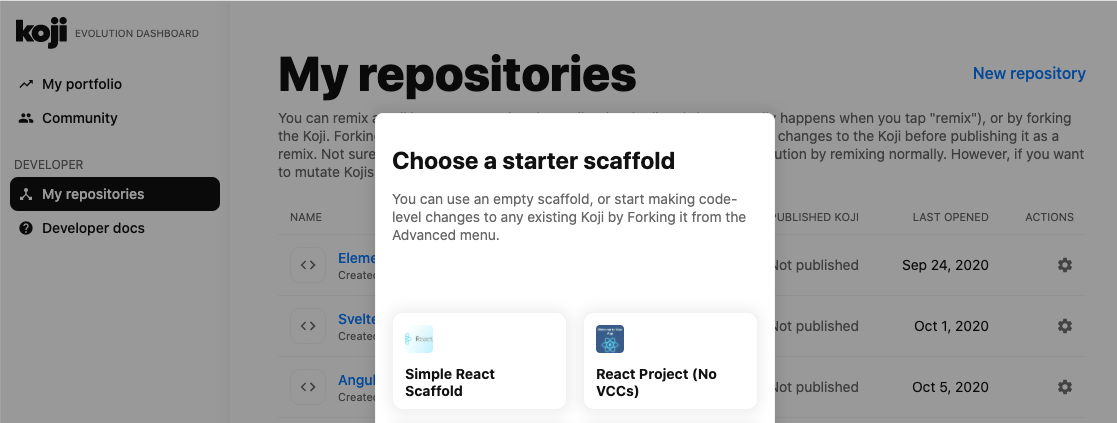
-
Instructions were added to support working locally on Windows.
September 28
-
Enhanced in-app purchases with the following new features:
-
Users now receive email and SMS receipts when they send or receive money via in-app purchases.
-
The new
fulfillmententitlement enables you to capture a buyer’s email, phone, or address on the transaction receipt. -
The new
quantityentitlement limits the number of times a product can be sold, providing basic inventory management. -
The new
startPurchasemethod enables you to capture a custom memo on the transaction receipt.
For updated developer documentation, see the package reference for Koji in-app purchases.
-
-
Added a footer on the developer site with convenient links to key Koji features and resources.
-
Fixed intermittent layout and link errors on the developer site.
September 15
-
Updated the Remix button on the Koji platform. To improve the usability and enhance functionality, the button now appears in the top right and allows remixers to access additional controls.
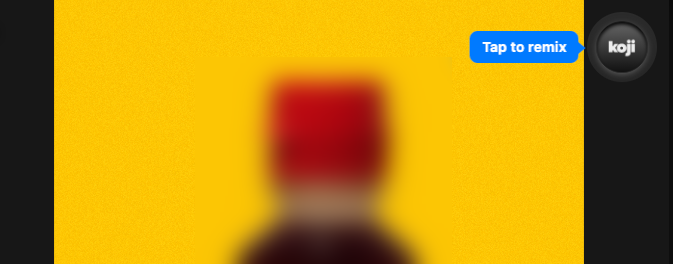
-
Published the package reference for Koji in-app purchases.
-
Updated the developer site navigation.
September 9
-
Released a new developer homepage.
-
Published guidelines and instructions for contributing to the Koji developer site.
-
Added this changelog.
-
Updated styling and added support for Font Awesome icons.
August 31
-
Released a major upgrade to code blocks on the developer site.

New features include:
-
Tabbed code samples by framework.
-
Toggle for light and dark themes.
-
Copy all with a click.
-
Expand and collapse for long samples.
-
-
The
onSetValuemethod now enables you to skip theonValueChangedcallback for an update. This option is useful for preventing unnecessary round trip notifications in cases such as text inputs. For updated documentation, see the withkoji-vcc-package.html#.onSetValue reference. -
Enhanced metadata on the developer site.
August 24
-
Added the User Defaults package for accessing user data and preferences across Koji templates.
-
Added new videos on the Koji YouTube channel to help inspire users to remix and share templates.
-
Updated the code samples for starting the watcher, and fixed bugs for the developer site, based on your feedback.
August 17
-
Added a Vanilla JS version of the magazine cover blueprint on the developer site.
-
Changed the Koji screenshot feature for rich preview (Open Graph) images. For the current guidelines and requirements, see thumbnail-image.html.
-
Removed the
dismissOnCommittype option for VCCs from the documentation because it is no longer supported on the platform. -
Made additional bug fixes and responses to your feedback.
August 11
Added the cat selector blueprint as a new resource on the developer site.
-
Builds a custom selector VCC.
-
Integrates with a third-party API to retrieve a list of options.
-
Demonstrates how to style elements based on the remixer’s Koji theme.
August 5
Added the vote counter blueprint as a new resource on the developer site.
-
Builds a multi-user, interactive template.
-
Demonstrates Koji database and dispatch packages in action.
-
Includes code snippets in React and in Vanilla JS - pick your favorite!
August 4
Launched the new home for Koji developer resources.
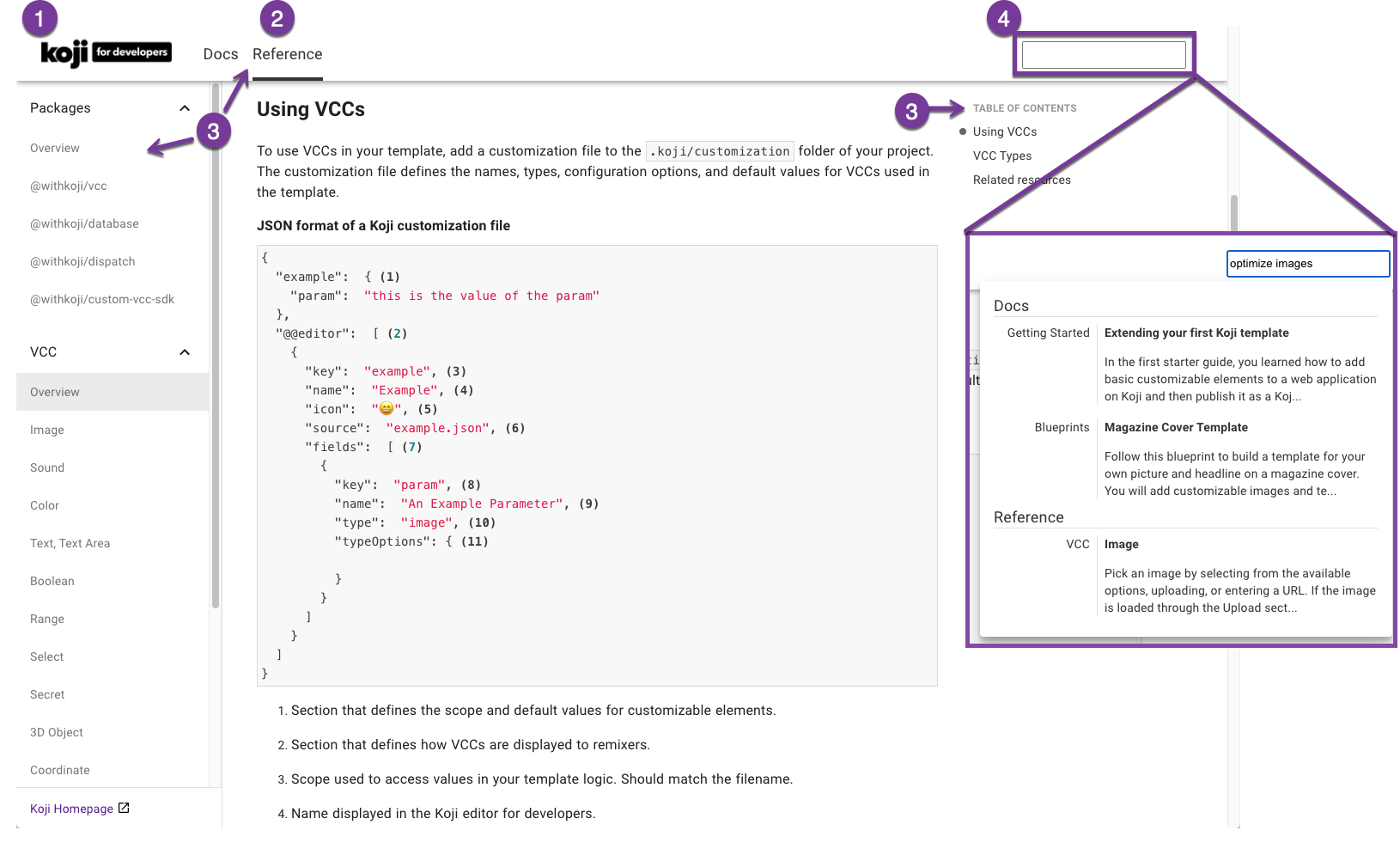
-
Resources for developers
-
Expanded reference information for packages and VCCs
-
Updated navigation, including an in-page Table of Contents
-
Search